Buy this landscape artwork Satyr family, Albrecht Dürer by De Canon on canvas, ArtFrame, poster and wallpaper, printed on demand in high quality.
About "Satyr family, Albrecht Dürer"
by De Canon
About the artwork
In an intimate family scene, a satyr lulls his newborn child to sleep with trumpet music. Satyrs, part-human and part-goat, were popular figures during the Renaissance, as they harkened back to the classical hybrid monsters of ancient Greek and Roman art. They were companions to Dionysus, the Greek god of wine, and thus creatures who loved the physical pleasures of wine, women, and wind instruments. Satyrs usually act as an oppositional force to the conventional norms of decorum in civilization. In this engraving, the satyr demonstrates his skill at playing instruments, a refined talent, but its form crudely mimics the shape of his erect phallus, emphasizing his animalistic side. Yet Albrecht Dürer also reaffirms the satyr's humanity through the tenderness of this family scene. The idea of a Satyr playing music to his family does not follow any known literary sources. It is an original conception by the artist, undoubtedly created for a sophisticated and scholarly audience.

About De Canon
 Netherlands
Netherlands Ordered in March 2020
Ordered in March 2020
 Netherlands
Netherlands Ordered in July 2017
Ordered in July 2017

 Netherlands
Netherlands Ordered in December 2019
Ordered in December 2019
 Germany
Germany Ordered in March 2024
Ordered in March 2024
 Netherlands
Netherlands Ordered in January 2023
Ordered in January 2023
 Netherlands
Netherlands Ordered in June 2025
Ordered in June 2025
 Netherlands
Netherlands Ordered in January 2018
Ordered in January 2018
 Germany
Germany Ordered in April 2021
Ordered in April 2021
 Germany
Germany Ordered in December 2021
Ordered in December 2021
 Netherlands
Netherlands Ordered in August 2021
Ordered in August 2021
 Netherlands
Netherlands Ordered in February 2017
Ordered in February 2017
 Germany
Germany Ordered in October 2023
Ordered in October 2023
About the material
ArtFrame™
Interchangeable Art Prints
- High-quality print
- Easily interchangeable
- Acoustic function
- Large sizes available
Discover the artworks of De Canon
 Julekort med bondebryllup og ski, Wilhelm LarsenDe Canon
Julekort med bondebryllup og ski, Wilhelm LarsenDe Canon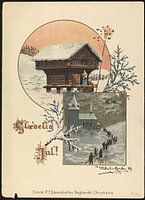 Glædelig jul!, 1889, Wilhelm LarsenDe Canon
Glædelig jul!, 1889, Wilhelm LarsenDe Canon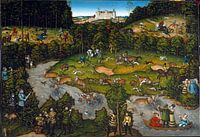 Hunting near Hartenfels Castle, Lucas CranachDe Canon
Hunting near Hartenfels Castle, Lucas CranachDe Canon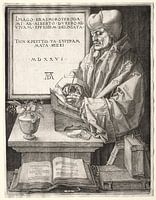 Desiderius Erasmus of Rotterdam, Albrecht DürerDe Canon
Desiderius Erasmus of Rotterdam, Albrecht DürerDe Canon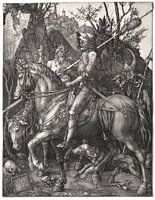 Knight, Death and the DevilDe Canon
Knight, Death and the DevilDe Canon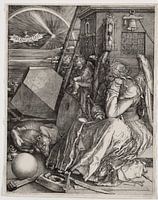 Melencolia I, Albrecht DürerDe Canon
Melencolia I, Albrecht DürerDe Canon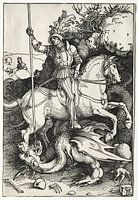 Saint George and the dragon, Albrecht DürerDe Canon
Saint George and the dragon, Albrecht DürerDe Canon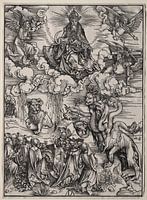 The beast with the seven heads and the beast with lambs horns, Albrecht DürerDe Canon
The beast with the seven heads and the beast with lambs horns, Albrecht DürerDe Canon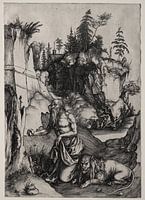 Saint Jerome in penitence, Albrecht DürerDe Canon
Saint Jerome in penitence, Albrecht DürerDe Canon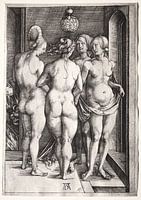 The four witches (four naked women), Albrecht DürerDe Canon
The four witches (four naked women), Albrecht DürerDe Canon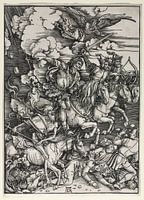 The four horsemen of the Apocalypse, Albrecht DürerDe Canon
The four horsemen of the Apocalypse, Albrecht DürerDe Canon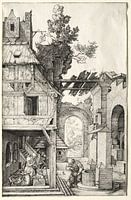 The Nativity, Albrecht DürerDe Canon
The Nativity, Albrecht DürerDe Canon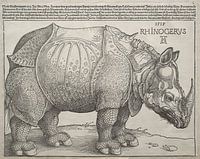 The rhinoceros, Albrecht DürerDe Canon
The rhinoceros, Albrecht DürerDe Canon The Virgin with a starry crown, Albrecht DürerDe Canon
The Virgin with a starry crown, Albrecht DürerDe Canon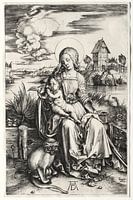 The Virgin and Child with a monkey, Albrecht DürerDe Canon
The Virgin and Child with a monkey, Albrecht DürerDe Canon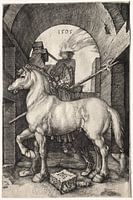 The small horse, Albrecht DürerDe Canon
The small horse, Albrecht DürerDe Canon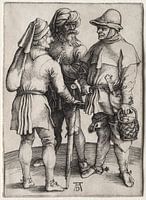 Three peasants in conversation, Albrecht DürerDe Canon
Three peasants in conversation, Albrecht DürerDe Canon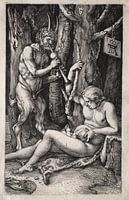 Satyr family, Albrecht DürerDe Canon
Satyr family, Albrecht DürerDe Canon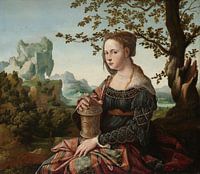 Mary Magdalene, Jan van ScorelDe Canon
Mary Magdalene, Jan van ScorelDe Canon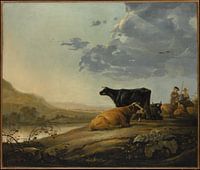 Young Herdsmen with CowsDe Canon
Young Herdsmen with CowsDe Canon
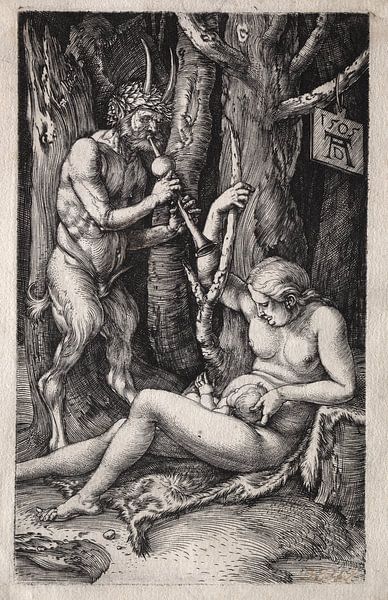
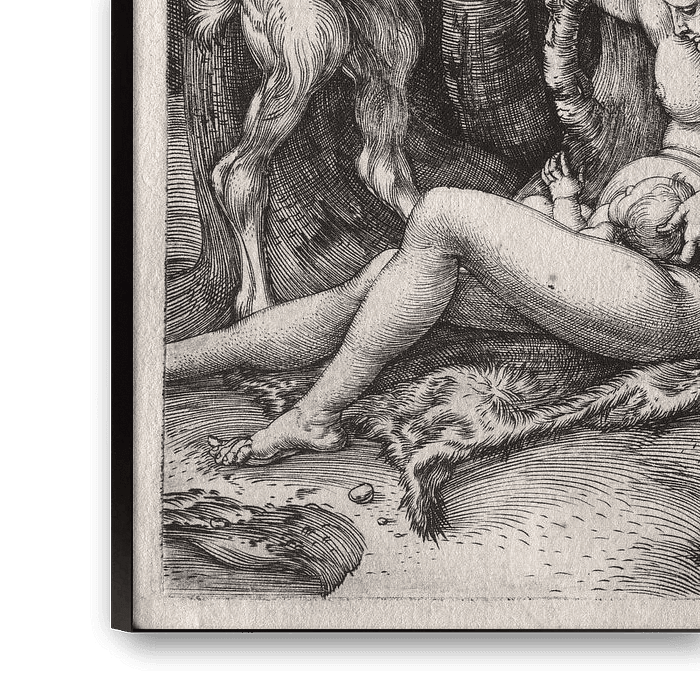
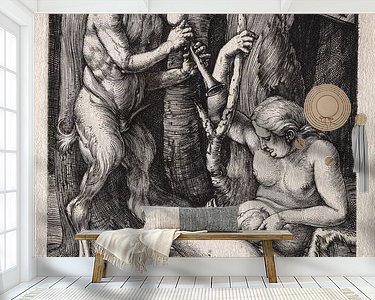




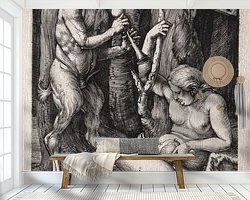


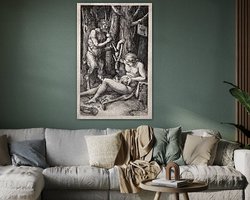


 Fairy tales
Fairy tales Landscapes
Landscapes Middle ages
Middle ages Mysterious Spheres
Mysterious Spheres Mythology
Mythology Old masters
Old masters Serene Peace
Serene Peace









